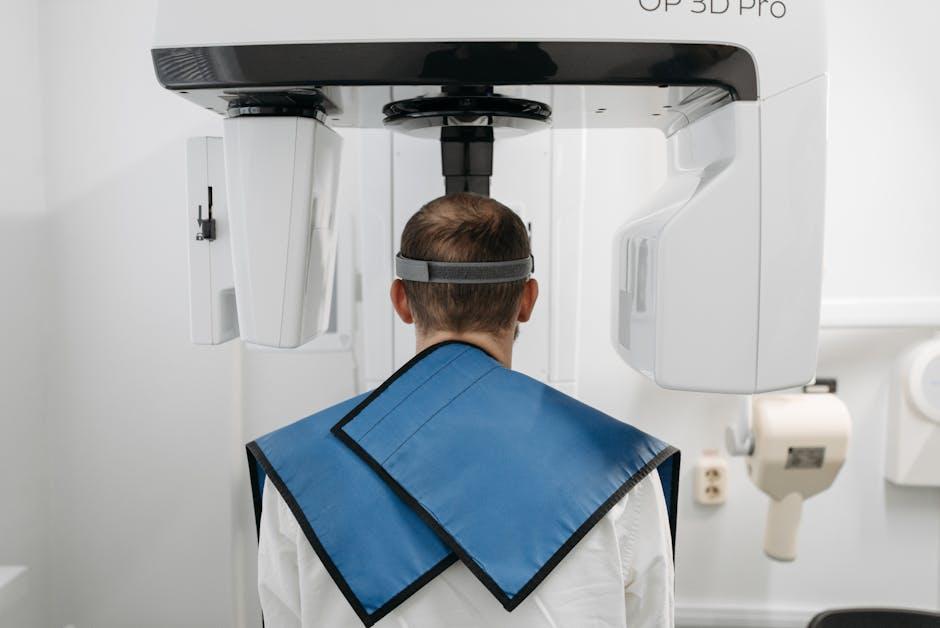
3D Scans & Future Dental Tech with Zelko Relic, Align Technology
By TechInformed
Introduction
In an era where technology is rapidly transforming healthcare, dental care is no exception. Thanks to groundbreaking innovations like 3D scanning and sophisticated digital platforms, dentistry is becoming more precise, efficient, and patient-friendly. One of the visionary leaders pushing this digital transformation forward is Zelko Relic from Align Technology. This article delves into how 3D scans are reshaping dental practices, the future dental tech on the horizon, and how Align Technology’s advancements are setting new standards in the dental industry.
What Are 3D Scans in Dentistry?
3D scanning in dentistry involves capturing highly detailed digital impressions of a patient’s teeth and oral structures using intraoral scanners. Unlike traditional molds that can be uncomfortable and time-consuming, 3D scanners provide fast, accurate, and non-invasive imaging. These scans serve as the foundation for designing crowns, braces, implants, and other dental restorations with unparalleled precision.
- How it works: A handheld intraoral scanner emits light waves that bounce off the teeth and gums to create a digital 3D model.
- Data integration: The scans are then integrated with CAD/CAM software for designing customized dental appliances.
- Speed and comfort: 3D scanning drastically reduces appointment time and enhances patient comfort.
Align Technology’s Role in 3D Dental Imaging
Align Technology is a global leader in digital dentistry, renowned for pioneering both the Invisalign clear aligner system and advanced 3D intraoral scanning devices. Zelko Relic, a key figure in Align Technology’s innovation team, has been instrumental in evolving the digital workflows that integrate 3D scans into everyday dental practice.
Under Relic’s direction, Align’s scanners—such as the iTero Element system—have revolutionized the way orthodontists and dentists plan treatments, eliminating guesswork and improving clinical outcomes.
- Enhanced accuracy: iTero scanners provide highly detailed digital impressions to improve aligner fit and restoration quality.
- Streamlined workflow: Integration with Invisalign enables fast, real-time treatment planning.
- Patient empowerment: Enables visualization of treatment progress through 3D models that patients can view instantly.
The Future of Dental Technology According to Zelko Relic
Zelko Relic foresees a future where dental care is increasingly personalized and driven by data. Some exciting prospects include:
1. AI-Powered Diagnostics
Artificial intelligence will analyze 3D scans to detect early dental issues like cavities, gum disease, and misalignments, enabling preventative care.
2. Automated Treatment Planning
Next-gen software will automatically generate optimized orthodontic and restorative plans, minimizing human error and maximizing treatment efficiency.
3. Tele-Dentistry & Remote Monitoring
Patients will benefit from remote consultations and real-time monitoring through smart devices synced with their digital dental records.
4. Integration with 3D Printing
Scanned data will be seamlessly transferred to 3D printers, allowing custom dental appliances—like aligners, retainers, and crowns—to be produced rapidly in-office.
Benefits of 3D Scanning in Modern Dentistry
| Benefit | Description | Impact on Patients |
|---|---|---|
| Improved Accuracy | Captures detailed anatomical data with minimal distortion. | Fits better and reduces adjustment visits. |
| Faster Turnaround | Speeds up treatment planning and appliance delivery. | Shorter treatment time and less discomfort. |
| Patient Comfort | Non-invasive scanning eliminates messy impression materials. | More pleasant dental visits. |
| Predictable Outcomes | Digital models increase reliability of treatment results. | Higher satisfaction with smiles. |
Practical Tips for Dental Professionals Using 3D Scans
- Training: Invest time in mastering intraoral scanning techniques to maximize image quality.
- Patient Communication: Use 3D visualizations to explain treatment plans and boost patient trust.
- Integration: Ensure your scanner software syncs well with treatment planning tools for seamless workflows.
- Maintenance: Regularly calibrate and update scanning hardware for optimal performance.
- Data Security: Safeguard patient digital records by following HIPAA and GDPR compliance standards.
Case Study: Invisalign Success with iTero Scans
Clinic: SmileBright Orthodontics
Challenge: Traditional impressions often resulted in ill-fitting aligners and increased patient discomfort.
Solution: By integrating Align Technology’s iTero Element scanner, SmileBright improved treatment accuracy and accelerated case approvals.
Outcome: Patient satisfaction grew by 35%, appointment times were shortened by 25%, and aligner fit issues dropped by 40% within 6 months.
Firsthand Experience: Zelko Relic’s Vision for Patient-Centered Tech
In a recent discussion, Zelko Relic emphasized how his mission is to “empower patients and clinicians with intuitive technology that enhances every step of dental care.” His approach focuses on making devices more accessible, reducing barriers to high-quality dentistry, and embracing innovations that personalize care.
Conclusion
The integration of 3D scans and emerging dental technologies spearheaded by innovators like Zelko Relic and companies such as Align Technology heralds a new age in dentistry. From enhanced precision and patient comfort to AI-driven diagnostics and remote care capabilities, the future of dental technology is bright and full of promise. For dental professionals and patients alike, embracing these advancements means better outcomes, faster treatments, and a more informed, comfortable dental experience.
If you are a patient interested in exploring digital dental options or a practitioner aiming to upgrade your technology, staying informed about 3D scans and the future of dental tech is essential in today’s rapidly evolving field.


